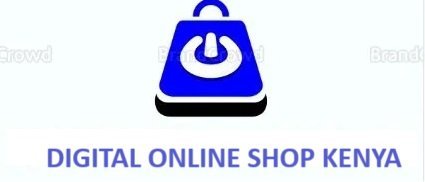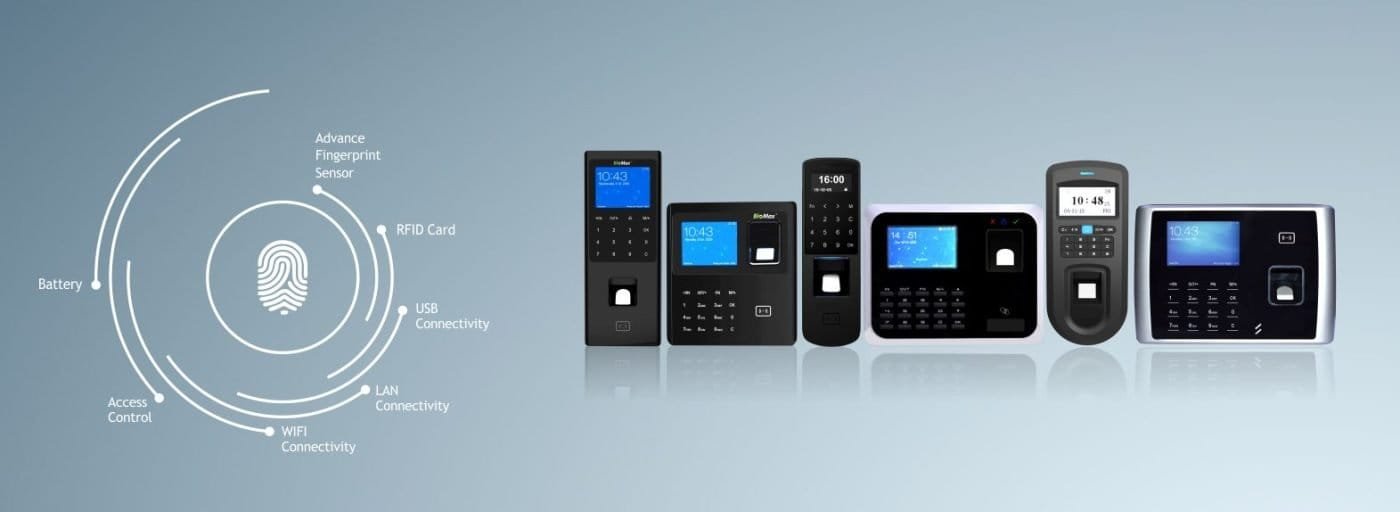Access Control, ICT Accessories
Time Attendance Systems
Understanding Time Attendance Systems
Time attendance and workforce management is an integrated set of processes that an institution uses to optimize the productivity of its employees on the individual, departmental, and entity-wide levels.
Overview
Time Attendance Systems are technological tools that help organizations record and manage the working hours of their employees. These systems go beyond simple clocking in and out, offering a wide range of features to streamline workforce management.
Time Attendance Systems (TAS) are sophisticated solutions designed to automate and optimize the process of tracking and managing employee attendance within an organization. These systems have evolved significantly from traditional manual methods, such as paper-based attendance sheets and punch cards, offering advanced features that enhance accuracy, efficiency, and security. Here’s a detailed exploration of the components, functionalities, and benefits of Time Attendance Systems:
Key Components of Time Attendance Systems:
Biometric Identification:
- Utilizes unique physical or behavioral characteristics of individuals for identification.
- Common biometric methods include fingerprint scanning, facial recognition, iris or retina scans.
- Enhances accuracy by eliminating the possibility of buddy punching or fraudulent time entries.

Smart Card or RFID Technology:
- Employees use smart cards or Radio-Frequency Identification (RFID) tags to clock in and out.
- Provides a convenient and secure alternative to traditional methods, reducing the risk of unauthorized access.
Mobile Applications:
- Allows employees to clock in and out using their smartphones or tablets.
- Particularly beneficial for organizations with remote or field-based workers.
- Enhances flexibility and accessibility in attendance tracking.
Integration with Payroll Systems:
- Seamless integration with payroll software automates wage calculations based on recorded attendance.
- Reduces the risk of errors in payroll processing and ensures accurate compensation for employees.
Reporting and Analytics:
- Generates detailed reports and analytics on attendance patterns.
- Enables data-driven decision-making for optimizing staffing levels, identifying trends, and addressing attendance issues.
Benefits of Implementing Time Attendance Systems:
Accuracy:
- Significantly reduces errors associated with manual timekeeping methods.
- Provides precise and reliable attendance records, eliminating discrepancies.
Time and Cost Savings:
- Automates attendance tracking, reducing the time and resources spent on manual data entry.
- Leads to cost savings in administrative tasks and labor.
Compliance:
- Helps organizations adhere to labor laws and regulations regarding working hours and overtime.
- Reduces the risk of legal complications and penalties associated with non-compliance.
Increased Productivity:
- Eliminates the distraction of manual timekeeping, allowing employees to focus on their tasks.
- Contributes to a more efficient and productive workforce.
Enhanced Security:
- Biometric features and smart card technology enhance the security of the attendance tracking process.
- Prevents time theft and unauthorized access to sensitive areas within the organization.
Choosing the right Time Attendance System
Choosing the right Time Attendance System (TAS) is a crucial decision for organizations seeking to enhance efficiency, accuracy, and security in their workforce management processes. Consider the following factors when evaluating and selecting a Time Attendance System:
Business Requirements:
- Understand the specific attendance tracking needs of your organization.
- Consider the size of your workforce, the nature of your business, and any industry-specific compliance requirements.
Scalability:
- Choose a TAS that can scale with your organization’s growth.
- Ensure the system can handle an increasing number of employees and additional features if needed.
Biometric or Card-Based Identification:
- Evaluate the biometric or card-based identification methods offered by the system.
- Consider the level of security required and the preferences of your organization.
Integration Capabilities:
- Ensure the TAS can seamlessly integrate with other relevant systems, especially payroll software.
- Integration streamlines data flow and reduces manual efforts in data entry.
User-Friendly Interface:
- Choose a system with an intuitive and user-friendly interface.
- A system that is easy to use reduces the learning curve for employees and minimizes errors in clocking in and out.
Mobile Accessibility:
- Consider whether the TAS provides mobile accessibility through applications or web interfaces.
- Mobile access can be beneficial for remote or field-based employees.
Reporting and Analytics Features:
- Assess the reporting and analytics capabilities of the TAS.
- Robust reporting features help in analyzing attendance patterns, identifying trends, and making informed decisions.
Compliance with Regulations:
- Ensure that the TAS complies with labor laws and industry regulations.
- It should support accurate tracking of working hours, overtime, and other relevant factors.
Cost Considerations:
- Evaluate the total cost of ownership, including initial setup costs, licensing fees, and ongoing maintenance expenses.
- Consider the return on investment (ROI) in terms of time and cost savings.
Support and Training:
- Assess the level of support provided by the TAS vendor.
- Check for available training resources to ensure that your staff can effectively use the system.
Security Features:
- Evaluate the security measures in place, especially if the TAS includes biometric identification.
- Ensure the system complies with data protection and privacy regulations.
Customization Options:
- Determine if the TAS offers customization options to tailor the system to your organization’s specific needs.
- Customization ensures that the system aligns with your unique workflows.
User Feedback and Reviews:
- Research user feedback and reviews for the TAS from other organizations.
- Insights from existing users can provide valuable information about the system’s performance and reliability.
Vendor Reputation:
- Consider the reputation and experience of the TAS vendor.
- Established and reputable vendors are more likely to provide reliable and well-supported systems.
Trial Period:
- If possible, opt for a trial period to test the TAS in a real-world setting.
- A trial allows you to assess the system’s compatibility with your organization’s needs before making a commitment.
Conclusion
Time Attendance Systems have emerged as indispensable tools for efficient workforce management. By automating the attendance tracking process, organizations can save time, reduce costs, and improve overall productivity.
The integration of advanced features such as biometric identification, mobile applications, and analytics sets modern TAS apart, offering a comprehensive solution for organizations of all sizes. While there are challenges in implementing these systems, the long-term benefits make them a wise investment for any organization striving for enhanced efficiency and compliance in their workforce management practices.

